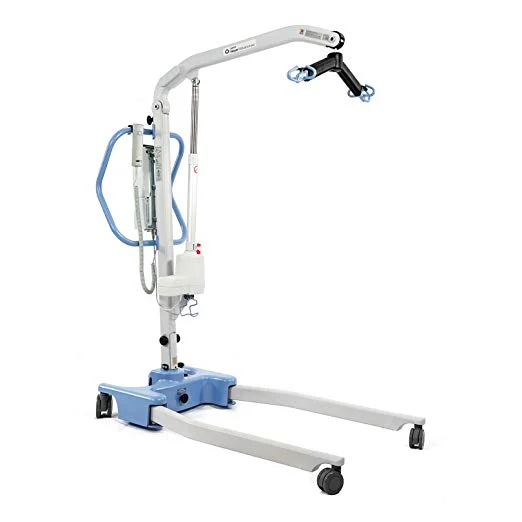Immobility can significantly impact the quality of life for individuals who are unable to move or bear weight on their own. Whether due to age, illness, or injury, immobility patients often require specialized assistance and equipment to facilitate their daily care and ensure their comfort and well-being. Among the many aids available, patient lifters have emerged as a game-changer, providing a safe and efficient means of transferring and moving immobility patients. In this blog post, we will explore the significance of patient lifters and how they empower both patients and caregivers in their quest for improved mobility and enhanced quality of life, patient lifter.
Enhanced Mobility and Independence
One of the primary benefits of patient lifters is the restoration of mobility and independence for immobility patients. These devices are designed to assist with transferring patients from one location to another, such as from a bed to a chair or a wheelchair. With the help of a patient lifter, immobility patients can experience increased freedom and autonomy, as they are no longer solely reliant on the physical strength of caregivers or family members for movement. The ability to move independently fosters a sense of dignity and empowerment, positively impacting the patient’s mental and emotional well-being.
Reduced Risk of Injury
Lifting and transferring immobility patients manually can pose a significant risk of injury to both the patient and the caregiver. Patient lifters address this concern by providing a safe and secure transfer mechanism. These devices are equipped with sturdy slings or harnesses that support the patient’s body while being lifted, minimizing the risk of falls, strains, or accidents during the transfer process. Caregivers can operate patient lifters with ease, utilizing the power of technology to ensure a smooth and secure transfer, thereby reducing the potential for injuries caused by manual lifting.
Comfort and Dignity
Immobility patients often experience discomfort, pressure ulcers, and decreased circulation due to prolonged periods of immobility. Patient lifters offer solutions to alleviate these challenges. These devices are designed with ergonomic features to provide maximum comfort during transfers. The adjustable slings or harnesses conform to the patient’s body, ensuring proper support and distributing weight evenly. By reducing friction and pressure on sensitive areas, patient lifters contribute to the prevention of pressure ulcers and related complications. Moreover, the use of patient lifters allows for dignified transfers, preserving the patient’s privacy and modesty throughout the process.
Support for Caregivers
Patient lifters not only benefit immobility patients but also greatly support caregivers. The physical demands of lifting and transferring patients can lead to musculoskeletal injuries and exhaustion for caregivers. By incorporating patient lifters into the care routine, caregivers can mitigate these risks and protect their own well-being. The ease of operation and the automated lifting mechanism of patient lifters reduce the physical strain on caregivers, enabling them to provide better care while minimizing the risk of occupational injuries. This support is crucial in maintaining the overall health and sustainability of caregiving relationships.

Conclusion
The introduction of patient lifters has revolutionized the care of immobility patients, offering enhanced mobility, increased independence, and improved safety during transfers. These devices play a vital role in preserving the dignity and well-being of patients while significantly reducing the physical strain on caregivers. By investing in patient lifters, healthcare facilities, care providers, and families can ensure that immobility patients receive the highest standard of care, enabling them to live more comfortably and independently. Together, we can embrace these innovative solutions and empower immobility patients to experience life to the fullest.

